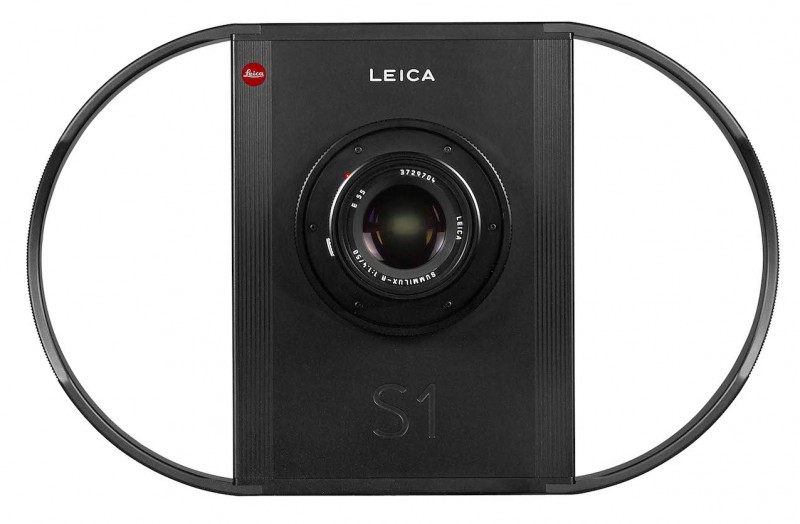Leica S1
Leica S1
April 9, 2014

Leica S1 with a Summilux-R 50mm f/1.4, 1996
In 1996, Leica introduced their first in-house digital camera: the Leica S1 was in fact a stationary scanner camera, used predominantly in the field of reprographics.
The camera featured a triple-linear colour CCD chip containing 5140 x 5140 pixels, which moved across the image plane recording it line-by-line. Unlike chip-based cameras, the S1 operated without Matrix interpolation. Instead, it was able to capture every picture element in red, green and blue – with the result that almost 79 million pieces of information were collated into a 26 MP image with breathtaking colour reproduction. The exposure time for a full scan however was 185 seconds.
A lens adaptor enabled the S1 to be used with a variety of small format lenses such as Leica R and M lenses, Nikon, Contax and Canon FD, as well as a number of medium format (Hasselblad and Pentax) and large format lenses. As the camera worked by transferring the image onto a computer, it came with a PCI plugin card and specifically designed software.
From 1996 to 2001, Leica produced three versions of the camera – the S1 Pro, S1 Alpha and S1 High Speed. Around 160 models were manufactured in total, and were used for the purposes of museum photography, scientific photography, reproduction and documentation.
The camera featured a triple-linear colour CCD chip containing 5140 x 5140 pixels, which moved across the image plane recording it line-by-line. Unlike chip-based cameras, the S1 operated without Matrix interpolation. Instead, it was able to capture every picture element in red, green and blue – with the result that almost 79 million pieces of information were collated into a 26 MP image with breathtaking colour reproduction. The exposure time for a full scan however was 185 seconds.
A lens adaptor enabled the S1 to be used with a variety of small format lenses such as Leica R and M lenses, Nikon, Contax and Canon FD, as well as a number of medium format (Hasselblad and Pentax) and large format lenses. As the camera worked by transferring the image onto a computer, it came with a PCI plugin card and specifically designed software.
From 1996 to 2001, Leica produced three versions of the camera – the S1 Pro, S1 Alpha and S1 High Speed. Around 160 models were manufactured in total, and were used for the purposes of museum photography, scientific photography, reproduction and documentation.

Leica S1 with a Summilux-R 50mm f/1.4, 1996